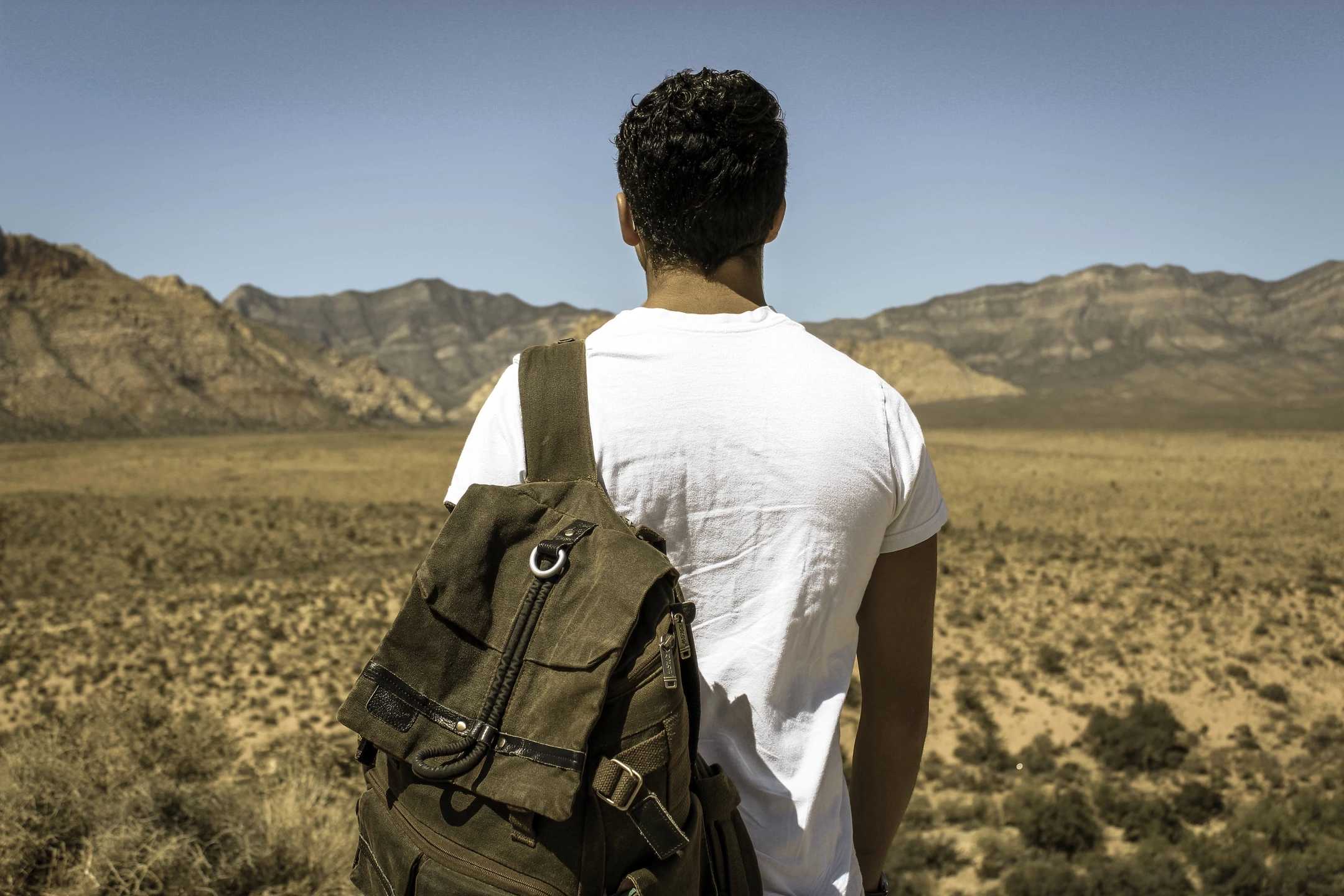Since the 9/11 terrorist attacks of September 2001 people who with good reason questioned government accounts have had difficulty gaining much attention. Each year, though, efforts by independent researchers and analysts have built upon those of previous years to begin gaining critical mass—this in the face of near-total refusal of news-media managers to acknowledge the validity of their work.
The most heartening development of 2020 has been the completion and beginnings of dissemination of the 45-minute documentary “Seven.” I looked at it this afternoon. It focuses on more than four years of intensive study of the collapse of Building 7 at the World Trade Center, a 47-story skyscraper that—unlike either of the Twin Towers nearby—was not reported to have been struck by an airliner.
“Seven” was released on Dec. 8. True to form, mainstream news outlets have not acknowledged it. The only review I have come across so far is Kevin Ryan’s, HERE, in the OffGuardian. Titled “Seven, AE911Truth’s new documentary about groundbreaking new study on WTC7,” it hit the Internet yesterday. Because Ryan has been for years allied with the challengers of the official accounts, as Bruce Henry* and I have, his piece is not so much as review as a promotion of it, an ad for it.
This is another such promotion, by someone who is neither a film critic nor schooled in any discipline akin to those of the authorities who speak in “Seven.” So I can’t be said to be objective about it. I can say that the film is superb and will probably help tremendously toward unearthing truths that have been buried for the past 19 years.
Here are some facts. “Seven” is presented by Architects & Engineers for 9/11 Truth, which has been in business since 2006 and raised the money for it. It was directed by Dylan Avery, creator of the 2009 film “Loose Change 9/11: An American Coup.” It is narrated by the actor Ed Asner. It revolves around the University of Alaska Fairbanks study of the Building 7 collapse and structural engineer Leroy Hulsey, the professor who led it. Other key speakers are civil engineer Roland Angle, fire protection engineer Scott Grainger and structural engineers Kamal Obeid and Tony Szamboti.
I may add some quotes from it another time.
— Mark Channing Miller
– – –
* Bruce re-introduced me to the 9/11 puzzle around 2015 by lending me his copy of a study coauthored by the Danish chemist Niels Harrit on the World Trade Center building collapses. Years before I had read David Ray Griffin’s first book on the attacks, The New Pearl Harbor, but had found no interest around me in the topic. In spring 2018 Bruce and I walked across Massachusetts from Provincetown to the New York State line with phosphorescent “9/11 TRUTH” signs and this blog began.
